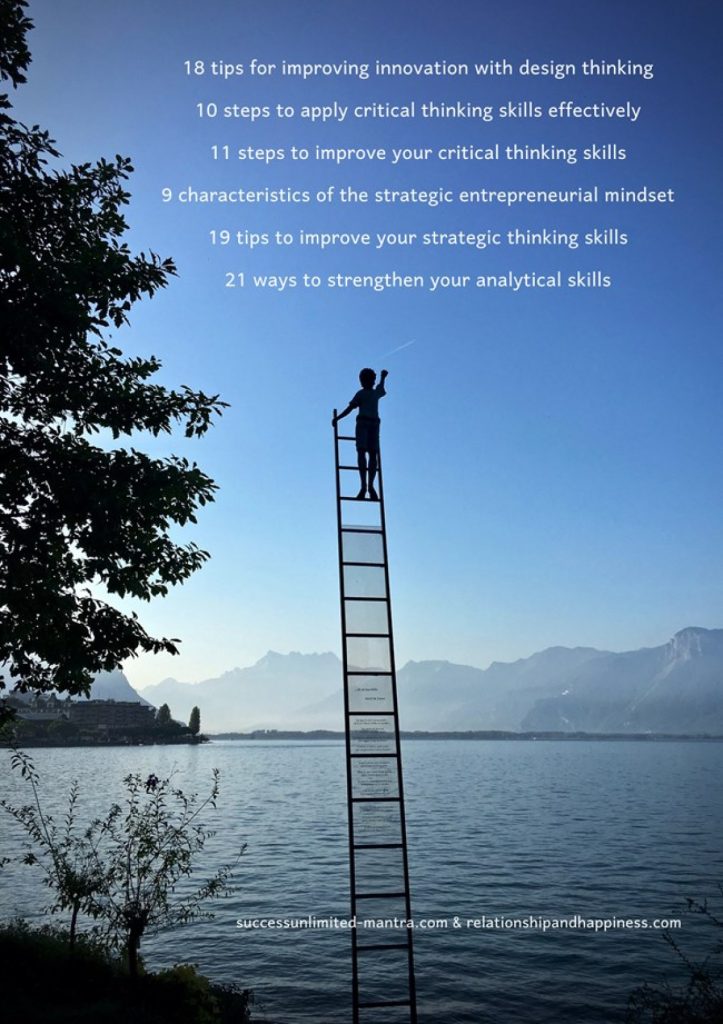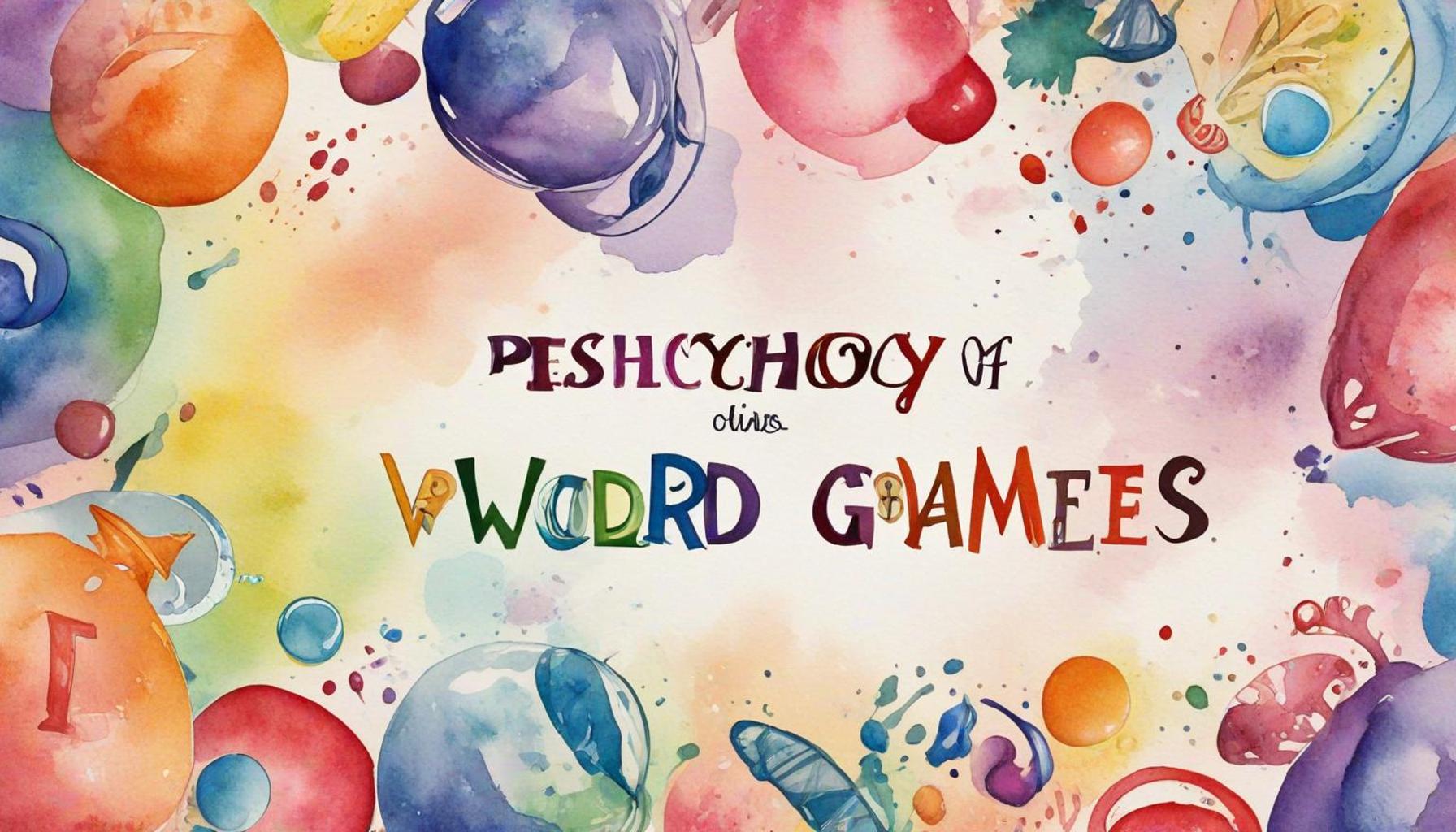Challenges of Lateral Thinking: Stimulating Innovation Through Creative Puzzles

The Importance of Embracing New Ideas
Lateral thinking has emerged as a powerful method for sparking innovation across various sectors. However, organizations must navigate through several challenges that can impede the flow of creative ideas. Recognizing and addressing these obstacles is vital for developing a culture where innovation can thrive.
In Nigeria, the potential for lateral thinking spans from the bustling corporate offices in Lagos to the dynamic tech startups in Abuja. This approach redefines how problems are tackled, leading to groundbreaking solutions. Yet, several key challenges often arise:
- Resistance to Change: Many individuals and organizations struggle to let go of traditional methods. This sentiment is prevalent in established companies where employees may fear the unknown or feel comfortable with current practices, which can stifle innovation.
- Limited Mindset: A fixed perspective can heavily restrict the range of creative solutions. Those who view challenges solely through a conventional lens may overlook potentially disruptive ideas that could propel their organization forward.
- Cultural Barriers: Diverse thinking styles among team members can lead to misunderstandings. For instance, in multiethnic work environments in cities like Kano or Port Harcourt, varying cultural backgrounds can contribute to divergent problem-solving approaches, which may need to be harmonized for effective collaboration.
To break down these barriers and enhance creative thinking, engaging in creative puzzles can be an effective strategy. These activities invite participants to think divergently and often lead to unexpected solutions. Some examples include:
- Brain Teasers: These mind-bending challenges help enhance critical thinking and problem-solving abilities. For instance, puzzles that require out-of-the-box reasoning can be integrated into team meetings to inspire innovative discussions.
- Logic Games: Designed to sharpen analytical skills, these games not only entertain but also stimulate the brain, making them excellent tools in workshops aimed at fostering creativity across various sectors, from education to technology.
- Group Challenges: Activities that encourage teamwork can significantly unlock collective potential. For example, a collaborative project that involves mapping out a product strategy can yield diverse insights when team members approach problems through their unique experiences and perspectives.
As we explore the intrinsic challenges associated with lateral thinking and the beneficial impact of creative puzzles, it becomes clear that this innovative approach holds transformative possibilities in today’s fast-paced world. By effectively harnessing creativity and fostering an environment conducive to innovative thinking, organizations can position themselves for success in an ever-evolving landscape.
RECOMMENDED: Check out this similar article

Navigating the Roadblocks to Creativity
As organizations strive for innovation, they encounter a myriad of challenges that can hinder effective lateral thinking. These roadblocks not only impact the individual creativity of employees but can also stymie the collective progress of teams. Addressing these challenges is essential to cultivating a vibrant environment where new ideas can flourish.
One of the most prominent challenges to lateral thinking is resistance to change. This resistance often stems from employee anxiety about job security or a discomfort with new methodologies. In industries across Nigeria, from agriculture to telecommunications, established practices can be deeply entrenched, leading employees to favor familiar routines over the unknown potential of innovative approaches. For instance, a long-standing agricultural firm may find it difficult to integrate modern technology into its operations because seasoned staff are wary of shifting away from traditional farming practices that have served them well for years.
Moreover, the limited mindset presents another significant obstacle. In environments where conventional wisdom prevails, employees may confine themselves to familiar problem-solving techniques, disregarding more unconventional yet potentially revolutionary ideas. This is particularly evident in sectors such as finance or manufacturing, where the risks associated with untested innovations can intimidate workers, discouraging them from exploring unorthodox solutions that might generate substantial improvements.
Cultural Diversity and Its Impacts
Nigeria’s rich cultural tapestry offers immense strengths; however, it also presents unique challenges in the context of lateral thinking. In multiethnic teams, differing problem-solving styles can lead to miscommunication and misunderstanding. For instance, team members from different backgrounds may approach a project with varying assumptions, values, and strategies. Without a commitment to fostering inclusive dialogue and collaboration, these differences can inadvertently create silos, where innovative ideas cannot be shared or developed.
To encourage an atmosphere conducive to creative thinking, organizations must actively dismantle these obstacles by promoting a culture of trust and openness. Strategies to consider include:
- Training Programs: Implementing workshops that focus on lateral thinking techniques can equip employees with the tools necessary to confront challenges creatively. These sessions often incorporate activities that stimulate out-of-the-box thinking and highlight the importance of diverse perspectives.
- Feedback Mechanisms: Establishing channels through which employees feel safe to express their ideas and opinions without fear of reprisal is crucial. Open forums and suggestion boxes can provide platforms for uninhibited creativity.
- Collaborative Space Design: Creating physical and digital environments that inspire collaboration can break down barriers between team members. Innovative workspaces in cities like Lagos or Port Harcourt can encourage interaction and spontaneous brainstorming sessions, ultimately fostering creativity.
Through these initiatives, organizations can start to chip away at the entrenched resistance and limited mindsets that often inhibit innovation. By embracing the principles of lateral thinking and tackling challenges head-on, firms across Nigeria can unlock their full creative potential, positioning themselves for enduring success in an increasingly competitive landscape.
Challenges of Lateral Thinking: Stimulating Innovation Through Creative Puzzles
Lateral thinking, a term coined by Edward de Bono, refers to a method of problem-solving that encourages creativity and challenges conventional approaches. It is essential in today’s fast-paced world where innovation can set businesses apart from their competitors. One of the primary advantages of embracing this method is the potential to unlock new avenues for innovation that might be overlooked through traditional thinking.
The use of creative puzzles serves as a powerful tool for stimulating lateral thinking. These puzzles often present challenges that require participants to look beyond immediate logic and think outside the box. This not only enhances individual cognitive abilities but also fosters collaboration among team members as they tackle complex problems collectively.
In the realm of business, organizations promoting lateral thinking can expect to see a shift in corporate culture, where employees feel empowered to share their ideas without the fear of judgment. Enabling a creative environment encourages diverse perspectives, which can lead to groundbreaking solutions.
| Category | Key Features |
|---|---|
| Creative Thinking | Promotes novel ideas that challenge the status quo. |
| Collaborative Problem-Solving | Encourages teamwork and harnesses diverse insights. |
| Enhanced Cognitive Skills | Improves critical thinking and adaptability. |
| Innovation Opportunities | Leads to groundbreaking innovations and competitive advantage. |
As companies engage deeper with lateral thinking challenges, they uncover the immense potential embedded within their teams. The capacity to tackle obstacles with creative puzzles not only revolutionizes problem-solving methods but also paves the way for continued progress and innovation. The future lies in a willingness to embrace unconventional approaches, thereby realizing the true power of lateral thinking.
RECOMMENDED: Check out this similar article
Overcoming the Mental Barriers to Innovation
In addition to external factors like resistance to change and cultural diversity, several internal mental barriers can impede lateral thinking. These cognitive obstacles can substantially limit an individual’s ability to approach problems from new angles, thus stifling innovation within organizations. Recognizing and addressing these barriers is critical for fostering a creative and adaptive workforce.
One of the most significant mental barriers is fear of failure. This fear can manifest in highly competitive business environments, especially in Nigerian industries like technology and retail, where success is often measured in quantifiable results. Employees might refrain from proposing ideas or experimenting with new methods due to the anxiety of potential failures being publicly scrutinized. For instance, a budding tech start-up may experience stagnation in innovation if its developers are hesitant to pitch unconventional app ideas, fearing that unsuccessful concepts could jeopardize their credibility.
Another cognitive hurdle is perfectionism. In colonies of meticulous details—typical of fields such as healthcare and finance—there is a tendency to prioritize flawless execution over exploratory risk-taking. Perfectionism often leads to a paralyzing over-analysis, where team members may become so focused on refining their ideas that they miss golden opportunities for innovative breakthroughs. For instance, in the Nigerian healthcare sector, overly rigorous standards could stifle the introduction of creative solutions to chronic inefficiencies, such as patient management or telehealth services.
The Role of Leadership in Fostering Innovation
Effective leadership plays a crucial role in dismantling these mental barriers. Leaders who actively encourage a culture of calculated risk-taking and experimentation can create a safe space for employees to explore lateral thinking. This approach involves empowering employees by celebrating small failures as learning experiences rather than setbacks. For example, tech leaders in Lagos could adopt agile methodologies that encourage rapid prototyping and iterative feedback, thus enabling their teams to innovate without paralyzing fear of immediate perfection.
Moreover, organizations must cultivate a mindset of curiosity. By encouraging a continual quest for knowledge and stimulating inquisitive thinking, leaders can unleash unparalleled creative potential within their teams. Workshops and seminars focusing on innovation management and lateral thinking can serve as platforms for knowledge sharing, allowing employees from different backgrounds to brainstorm together. This process not only generates creative solutions but also helps in breaking down silos that can arise from diverse cultural approaches.
Additionally, enhancing emotional intelligence among employees can facilitate better collaboration and understanding of individual perspectives. Training sessions aimed at developing empathy and active listening skills can unleash a wealth of untapped ideas often drowned out in competitive corporate landscapes. When team members have a heightened sense of awareness concerning each other’s viewpoints, they are more likely to engage in meaningful discussions and embrace diverse thought processes.
As organizations navigate these mental barriers, they must be vigilant about the importance of continuous feedback and reflection. Regularly revisiting strategies, learning from previous attempts, and adapting approaches can help teams overcome inertia. Implementing such practices can stimulate a long-lasting culture of innovation, empowering employees to explore the depths of their creativity.
SEE ALSO: Click here to read another article
Conclusion: Unlocking the Potential of Lateral Thinking
In a rapidly evolving global landscape, the challenges of lateral thinking present both a hindrance and an opportunity for organizations aiming to ignite innovation. As highlighted throughout this discussion, overcoming the mental barriers of fear, perfectionism, and rigid organizational cultures is essential for fostering creativity. In Nigeria’s dynamic sectors such as technology and healthcare, the ability to think laterally can lead to groundbreaking innovations that address pressing issues.
By embracing a culture of experimentation and risk-taking while promoting emotional intelligence and curiosity, organizations can transform obstacles into pathways for creative problem-solving. The leadership approach is paramount; leaders must create an environment where employees feel safe to propose unconventional ideas without the looming weight of perfection. The diverse backgrounds and perspectives within Nigerian workplaces can serve as a rich tapestry for collaborative innovations when these barriers are dismantled.
Moreover, facilitating continuous feedback and embracing iterative processes can cultivate a resilient, adaptive workforce ready to take on challenges creatively. The integration of workshops and knowledge-sharing platforms can also invigorate teams, enhancing their collaborative efforts and generating a reservoir of unique solutions.
Ultimately, the journey towards stimulating innovation through lateral thinking requires a commitment to nurturing creativity at all organizational levels. As businesses recognize and address the unique challenges they face, the potential for creative breakthroughs will not only benefit them but also contribute significantly to Nigeria’s growth trajectory and competitive edge in the international arena.


